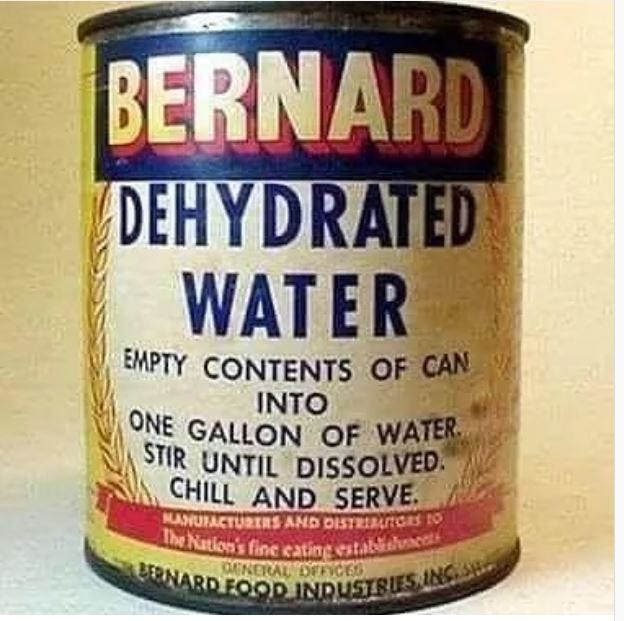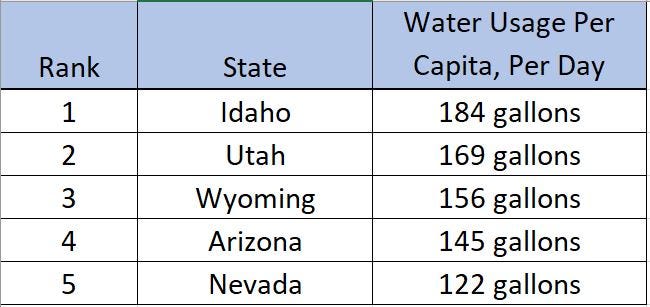# Rethinking Water Distribution: Bridging the Gap Between East and West
Written on
Understanding the Water Crisis
The ongoing water crisis in the American West, especially California, raises pressing questions about our water distribution strategies. During a recent trip to Walgreen's, I tuned into a radio interview on Meet the Press discussing California's response to the megadrought. Surprisingly, it seemed they are well-prepared, or so the representative from the California Department of Water Resources suggested. She highlighted successful conservation measures, such as low-flow toilets and drip irrigation systems, which have helped reduce water usage significantly—even with a growing population in Los Angeles. However, with agriculture consuming 75% of California's water, any shortages could jeopardize our food supply.
While I was at the store, I decided to stock up on almonds, knowing that food security is a pressing concern.
Exploring the Pipeline Solution
Many people, including myself, have pondered whether constructing a water pipeline could be the answer to the West's water scarcity. The Great Lakes, the world's largest source of freshwater, seem like a logical option for sourcing additional water. Similarly, the Mississippi River, which has experienced multiple floods in recent years, could provide a solution by transferring excess water to drought-stricken areas in the West.
But why haven’t we built a pipeline yet?
At present, the only significant water pipeline project underway is the Navajo-Gallup Pipeline, which aims to deliver water from the San Juan River to the Navajo Nation. This project could serve as a blueprint for larger initiatives in the future.

The Mississippi River’s flow is significantly greater than that of the Colorado River, making it a prime candidate for such projects. However, the environmental implications and the costs associated with constructing these pipelines are substantial.
The Quest for Alternative Water Sources
In New Mexico, the Gila River exemplifies the challenges we face in preserving our water resources. This river, once a free-flowing tributary of the Colorado, has been severely altered through damming and diversion. Conservationists are pushing for its protection, but legislative hurdles remain.
Meanwhile, Arizona is advocating for a study on utilizing floodwaters from the Mississippi River to replenish the Colorado. The study alone would cost approximately $140 million, highlighting the financial challenges we face in exploring new water sources.

The Great Lakes Compact, established in 2008, restricts large-scale water diversions from the Great Lakes basin. Overturning this agreement would require a Supreme Court ruling, further complicating the search for water solutions.
The Interstate Water System Proposal
One innovative idea gaining traction is the Interstate Water System (IWS), inspired by the Interstate Highway System established in the 1950s. This proposal suggests constructing water pipelines along existing highways, potentially creating thousands of jobs and addressing regional water shortages.
For example, a pipeline could be built from the Mississippi River in Vicksburg to Lake Powell and Lake Mead, running alongside major highways. While the estimated cost for such a project could reach $250 billion, it may still be a viable solution compared to other infrastructure costs.

Despite its potential benefits, the IWS faces numerous challenges, including funding, property rights issues, and environmental concerns. Moreover, the lack of a clear return on investment poses significant obstacles.
The Potential Outcomes
If executed properly, the IWS could create jobs and ensure the sustainability of agriculture in the Southwest. As we grapple with water shortages, the urgency to find solutions is paramount. Our food supply and overall quality of life depend on how effectively we address these challenges.
In reflecting on our water situation, I realize that we often take for granted the clean drinking water available to us. While the monsoon season has provided some relief, it is clear that we need to take collective action to secure our water future.
Vikings Riddle: What Gets Wetter the More it Dries? - YouTube
This intriguing video explores the paradox of water and drying, shedding light on the complexities of water management.
East vs. West: Changing Precipitation Patterns | Web Extra - YouTube
This video discusses the shifting patterns of precipitation across the United States, emphasizing the need for innovative water management strategies.
Epilogue
As I sip my smart water, reflecting on the complexities of our water crisis, it becomes evident that we must prioritize sustainable solutions. The lessons learned from historical projects, such as the Hoover Dam, remind us that proactive measures can lead to significant advancements in water management. The time to act is now. We owe it to ourselves and future generations to ensure a stable water supply for all.
Read the entire series on ILLUMINATION!
- The American West: Long on People, Short on Water
- How The West Went Dry
- 6 Of The Most Unsustainable Cities, Analyzed